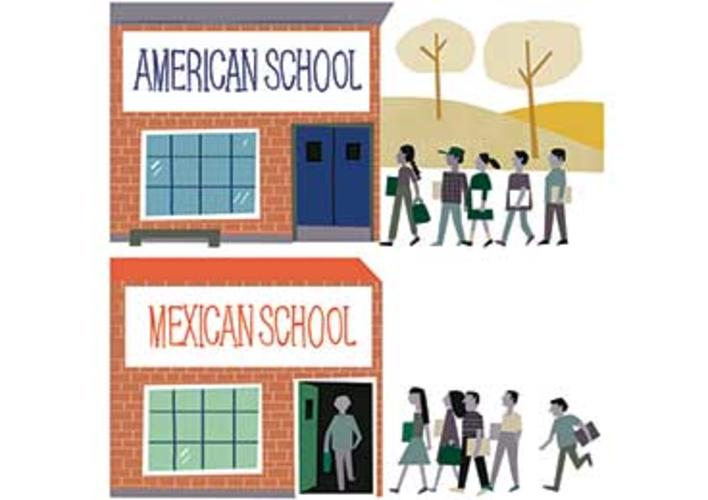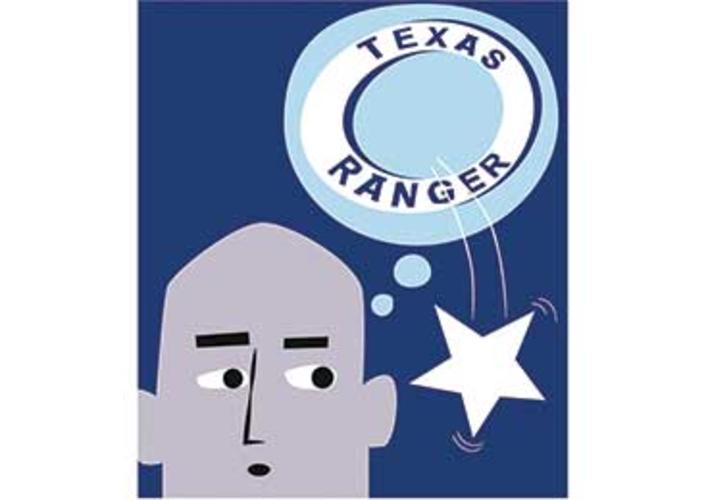As a high school history teacher in her hometown of Sunnyvale, Calif., Rosina Lozano was frustrated by the fact that Mexican American culture was often left out of the textbooks she was required to use. “There was no sense of the contributions that Mexican Americans had made” to the history of the United States, she says.
Lozano returned to school to get her Ph.D., with plans to write about Latino history that had been neglected. Her 2018 book, An American Language: The History of Spanish in the United States, reveals that Spanish was used as an official language by state governments in the Southwest through much of the 19th century.
Spanish became associated with foreignness only in the 20th century, when immigration spiked and Spanish speakers clashed with those opposed to its use over issues such as what role the language should play in schools.
Spanish, says Lozano, now an associate professor of history at Princeton, “plays a much deeper role in the history of the nation than most people realize.”
Lozano’s Studies: A Sampling
DUAL TRANSLATIONLozano’s deep dive into several archives yielded extensive evidence of how frequently Spanish was used in official government documents after 1848, when the U.S.-Mexico War led to the United States taking control of what comprises much of the country’s Southwest. California’s first state constitution, for example, required all laws to be published in both English and Spanish. “It was common to see translators on stage doing simultaneous translation in government settings,” Lozano points out. She believes it is important for Americans today to appreciate how deep the roots of the Spanish language are in this country.
JUAN CROW
By the beginning of the 20th century, the Spanish language had become a tool of segregation in Colorado, California, Texas, and other states. Officials created “American schools” and “Mexican schools,” which were both instructed in English, and sent Latino students to the latter to keep them separated from white students as part of a system historians later dubbed “Juan Crow.” Corporal punishment was used against students who spoke Spanish. Legal decisions across the Southwest forced schools to merge, but in some cases students remained segregated even though white and Latino students were in the same building.
MYTH-MAKING
One goal of Lozano’s teaching is to “recognize the ways in which myths are created in our popular history,” she says. An example is idealized images of the Texas Rangers — the group of armed men who patrolled the border beginning in the 1830s. Lozano argues the image must be reconsidered in light of evidence that Rangers terrorized Mexicans to get them to abandon their land. Likewise, depictions of Mexican Americans as bandits ignores their long history in the United States. “They were census takers, sheriffs, legislators, and landowners,” Lozano says. Evidence has “been there all along, but it is history that is not well known.”















No responses yet